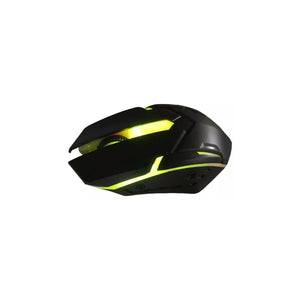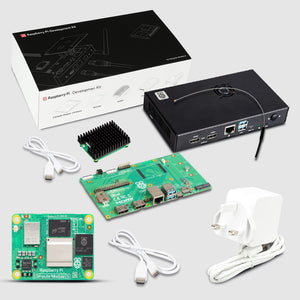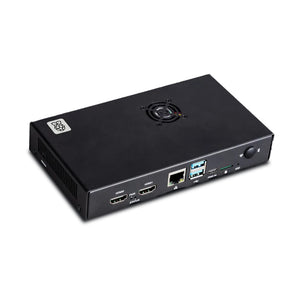Imagine a high-tech helmet that automatically protects riders by detecting crashes, monitoring for alcohol, and communicating important data—all powered by accessible Arduino hardware. Built by ElectroScopeArchive, this "Smart Helmet" project transforms a regular safety helmet into an intelligent guardian using two synchronized Arduino systems and a suite of sensors.

At its core, the helmet includes an Arduino Uno connected to multiple sensors: an MQ-3 alcohol sensor placed near the rider’s mouth to detect intoxication, an IR proximity sensor to verify if the helmet is being worn, and an infrared eye-blink sensor to monitor head movement and detect possible drowsiness. A 433 MHz RF transmitter module sends live telemetry to a receiver installed in the vehicle. That receiver, also run by Arduino Uno, uses RF modules to stay in constant communication with the helmet.

The receiver side features a buzzer, a relay that can disable the ignition, and a 16×2 I²C LCD display for real-time feedback. When the helmet is worn, the RF link is active—allowing the vehicle to start. But if the alcohol sensor detects alcohol or the blink sensor suggests prolonged eye closure, the helmet sends a signal to halt the ignition and trigger an alert buzzer. In the event of a crash or sudden impact (detected by the blink sensor mimicking eyelid closure), the system generates another alert, potentially saving lives by stopping the bike in dangerous conditions.
What makes this project compelling is its comprehensive approach to rider safety using widely available components—no fancy hardware needed. The code running on both Arduinos continuously checks sensor data, formats it, and communicates via RF every few milliseconds. On the receiver end, the system parses statuses, updates the display, and makes safe decisions like enabling/disabling ignition or sounding alerts. If signals are lost—suggesting helmet removal or theft—the relay automatically disables ignition, adding a theft protection layer.

Beyond its practical benefits, the project is well-documented, with clear wiring diagrams and annotated Arduino sketches, making it approachable for hobbyists and students exploring IoT, embedded systems, and RF communication. Since it's modular, builders can add extra features like SMS alerts through GSM modules or GPS location tracking in case of accidents.
In short, this project turns a simple helmet into a multi-featured safety device: monitoring alcohol consumption, verifying helmet use, detecting crashes, and controlling vehicle power—all while providing real-time alerts. It’s a hands-on, impactful maker project that blends electronics, code, and real-world problem solving.
If you're passionate about rider safety, embedded systems, or just want to build a meaningful IoT device, this smart helmet is a fantastic learning platform that also makes a real difference. Click here to view the full project ➜








